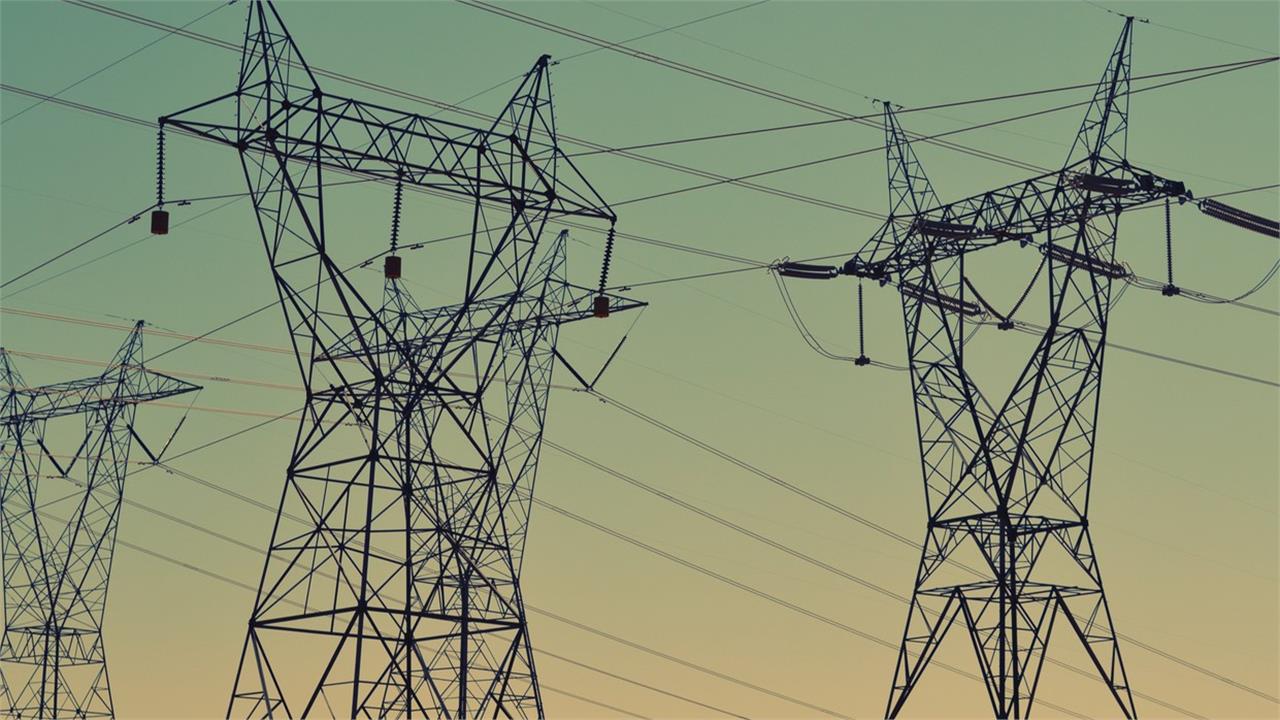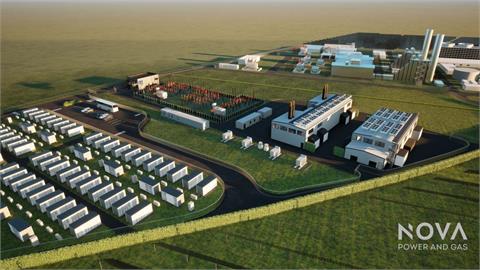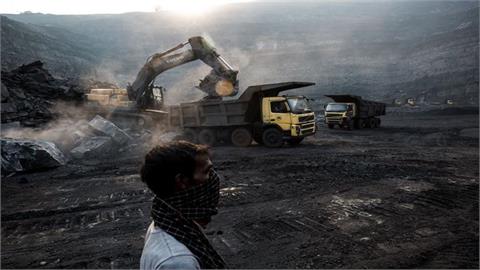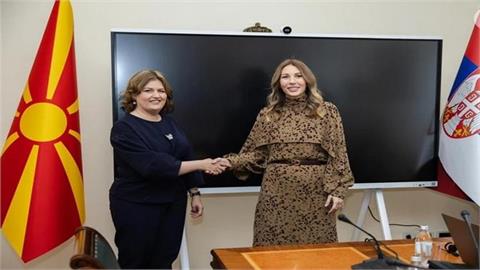Over the past month, tensions in Southeast Europe and the East Mediterranean have steadily escalated, bringing the region closer to a broader and potentially more dangerous destabilisation. Armed conflicts are intensifying, peace initiatives are faltering, and diplomatic efforts are proving increasingly ineffective in defusing the multiple crises unfolding in parallel.
Despite efforts by U.S. President Trump to revive peace negotiations between Russia and Ukraine, military operations are ramping up on both sides. Ukraine’s recent long-range attacks on military airfields in Russia’s Far East have taken many by surprise and triggered alarm over Moscow’s likely retaliation. Meanwhile, the latest round of Istanbul peace talks yielded little progress, with Russia maintaining a rigid stance, signalling that any resolution remains a distant prospect. As things stand, the Russia–Ukraine war is poised to continue indefinitely, further straining Europe’s eastern security environment and raising the prospect of prolonged energy disruptions across the continent.
At the same time, Israel has significantly intensified its military campaign against Hamas in Gaza, with explicit aims to dismantle the organisation entirely. Simultaneously, Tel Aviv has shifted attention toward Syria, warning President Al Sara of escalated strikes should hostilities against Israeli-controlled territory in the Golan Heights persist. These warnings are not empty rhetoric. They suggest a growing likelihood of Israel engaging in a broader front that includes not only non-state actors but state adversaries as well.
Compounding the situation is the ongoing deadlock in U.S.-Iranian talks, which have made little headway. Supreme Leader Ayatollah Ali Khamenei’s recent declaration that Iran will never roll back its nuclear programme — while branding the U.S. position “rude” and “thoughtless” — has only heightened tensions. There is increasing concern that a direct confrontation between Iran and Israelis becoming inevitable. Israel has publicly declared its intent to destroy Iran’s nuclear infrastructure through a large-scale aerial campaign. However, it is widely understood that such a strike would require substantial American military support — support that Washington, at this stage, seems reluctant to offer.
According to emerging intelligence from sources within the region, Iran may be preparing to conduct its first underground nuclear bomb test. Should such a test take place, it would dramatically alter the military balance in the region, creating a new strategic calculus not only for Israel and the Gulf States, but also for NATO, the EU, and the broader international community. The repercussions for regional stability — and by extension, the energy sector — would be profound.
In this deeply volatile context, regional energy supply chains are coming under increased pressure. Already sensitive to geopolitical risk, oil and gas markets are reacting nervously, with price spikes and increased volatility now becoming more frequent. The East Mediterranean, which was slowly emerging as a reliable export route for gas via Greece, Cyprus, and Egypt, is once again facing uncertainty. Tanker routes may be reassessed. LNG cargoes could be delayed or redirected. And investor confidence in long-term infrastructure projects — from offshore hydrocarbons to electricity interconnections — may falter.
Electricity markets are also likely to be affected. Elevated natural gas prices, particularly if supply routes are disrupted, will increase the cost of generation, leading to higher wholesale electricity prices across much of Southeast Europe. With many countries already transitioning away from coal and placing more reliance on gas-fired, nuclear and renewable generation, such volatility poses a direct threat to system reliability.
Ultimately, the convergence of unresolved conflicts and looming confrontations presents a scenario of complex and unpredictable risk. The region’s energy systems — whether based on traditional fossil fuel infrastructure or the emerging green transition — are not immune. If anything, they are at the centre of this geopolitical maelstrom. The coming weeks and months will be critical in determining whether diplomacy can still rein in the worst-case outcomes — or whether the region must brace for a period of prolonged instability with serious ramifications for energy supply and market stability.
[from the Editorial of IENE’s “Energy Weekly Report” (No 456) of June 6, 2025]




